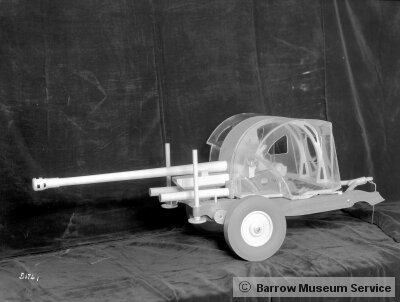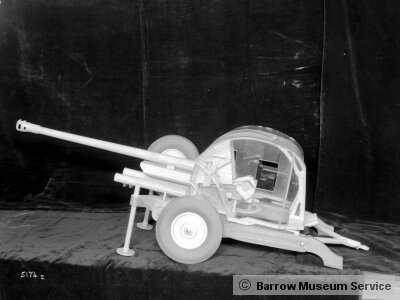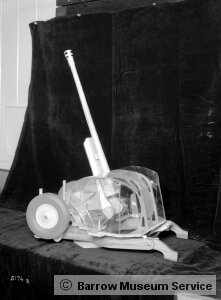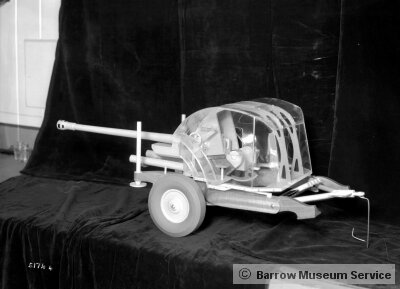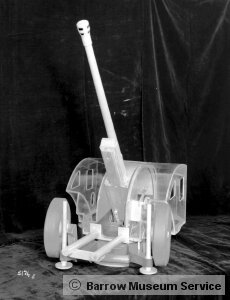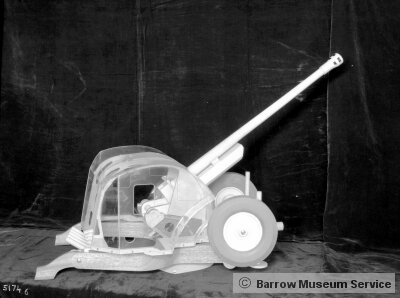Abraham Gubler said:No but that’s what political leaders do. If someone from the future showed up today at the White House with authenticated proof that <insert war/disaster/alien trope of choice here> was to happen in a few years then the Government would move hell and high water to prepare for it or counter it.
Preparing for war is one thing (and the UK didn't really get going on this until around 1938), declaring war because of some future threat as suggested is entirely another. Europe was still suffering the psychological scars of WW1 - in the UK it was said that there was no-one in the country who didn't personally know someone who had been killed in that appalling conflict. The country dreaded the prospect of another war, with the promise of even greater destruction from the air. Chamberlain's efforts to appease Hitler were popular.
In reality it was obvious from 1934-36ish that the Germans were going to start a second World War and HM Govt. made enormous efforts by peacetime measures to prepare for it. Of course there was no foresight onto the specific nature of the war and how military technology would change so many of the weapons invested in were quickly obsolescent. But it’s hard to imagine more preparation within the financial means of the UK at the time.
Indeed - the main thrust of our historian's work in this field would be to spend the money on equipment which would not become obsolete as soon as the war started.

